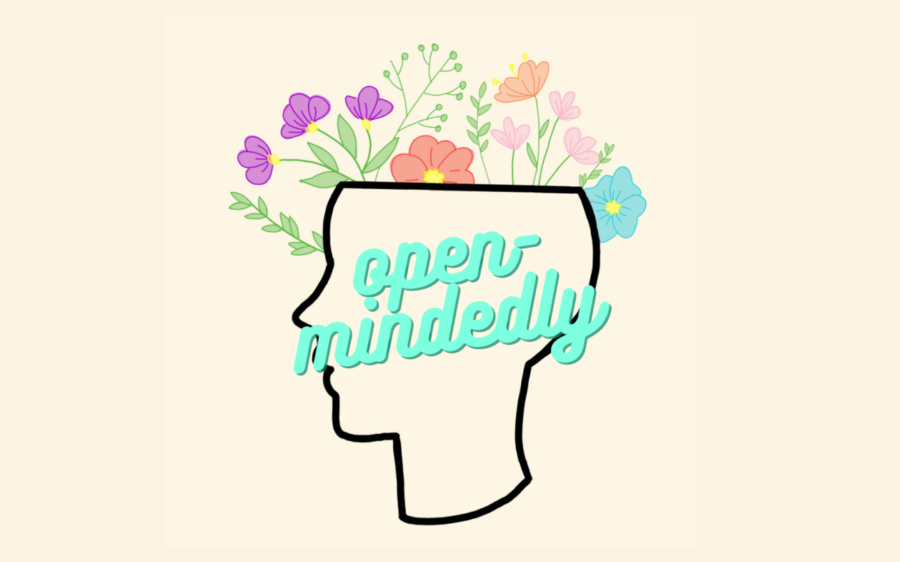Open-mindedly: Anxiety, anxiety disorders
Restlessness. Irritability. Sweating. Difficulty concentrating.
These are some of the symptoms that comprise anxiety or anxiety disorders. Up until recently, I was unaware that there were differences between having anxiety and having an anxiety disorder. By definition, anxiety is “a feeling of worry, nervousness, or unease, typically about an imminent event or something with an uncertain outcome,” and anxiety disorders are a result of anxiety that evolves into “excessive uneasiness and apprehension, typically with compulsive behavior.” As we can see from their definitions, there is a distinct difference between normal anxiety and specific anxiety disorders. In this blog post, we’ll dive into more specific differences between the two and how symptoms and circumstances can be used to identify if you have anxiety or an anxiety disorder.
Anxiety is a regular, natural response to stressful situations. The greatest defining trait of normal anxiety — opposed to a disorder — is one’s ability to properly function on a daily basis. Although symptoms can include sweating, muscle tension, slight levels of fear and self doubts, they are not so strong or overwhelming that a person’s functionality is hindered. In addition, normal, circumstantial anxiety cannot be diagnosed while specific anxiety disorders can.
On the other hand, anxiety disorders are identified by the hindrance of an individual’s ability to function, with disproportionate amounts of anxiousness or stress. Although there are various amounts of anxiety disorders, two of the most common are General Anxiety Disorder (GAD) and Social Anxiety Disorder (SAD).
GAD can be the result of genetics, one’s natural brain chemistry and external factors such as traumatizing events, stress or ingestion of addictive substances (yes, that includes caffeine). Although these factors can also contribute to normal feelings of anxiousness, GAD is diagnosed based on how long symptoms last for an individual.
SAD occurs when one feels anxious due to certain social situations, such as meeting new people, interacting with service workers and more. The disorder stems from a fear of other peoples’ judgement, which can cause individuals to evade social settings altogether.
If you believe you may be suffering from an anxiety disorder, options for treatment include cognitive behavioral therapy, medication, exercise, a balanced diet and avoiding caffeine, alcohol and drugs. If you find yourself in a general state of anxiousness — not as a result of an anxiety disorder — different breathing exercises can be used to help ease nerves.
There are ways to combat anxiety and anxiety disorders, and treatment begins when a person is able to recognize an internal issue.

Senior Andie San Luis is the editor-in-chief and this is her second year on staff. She spends copious amounts of time on Spotify, plays the french horn...



